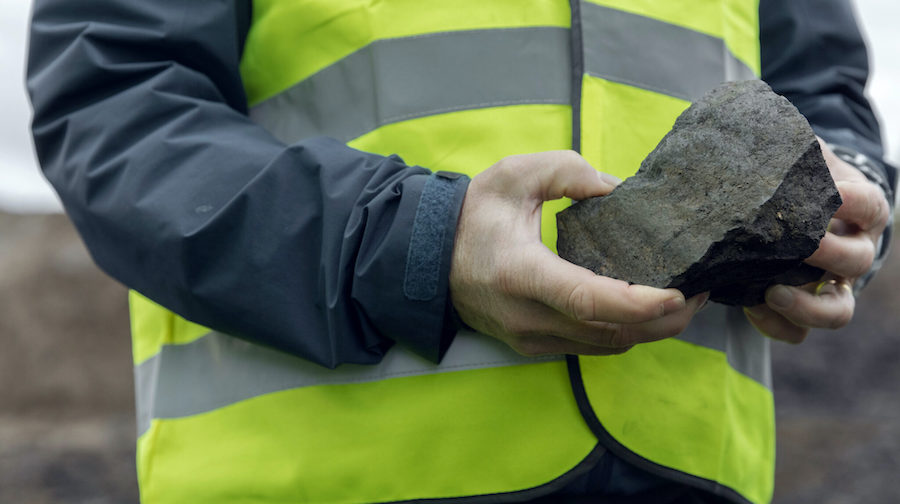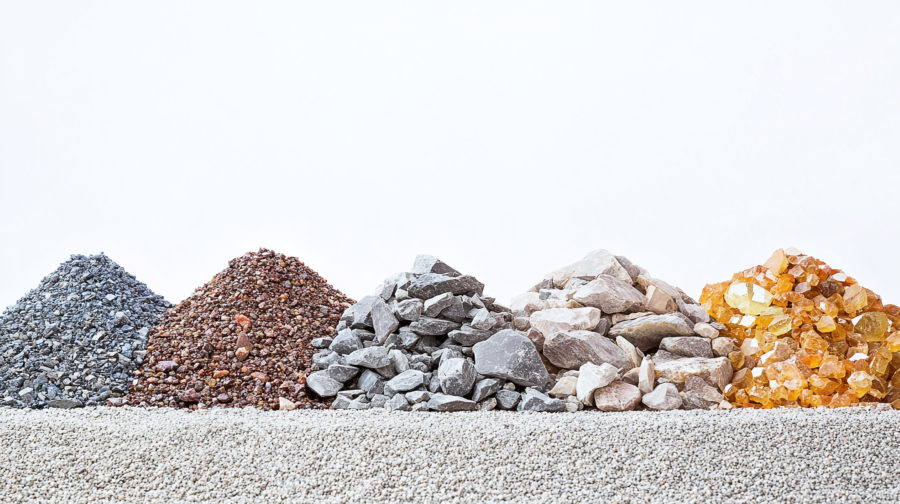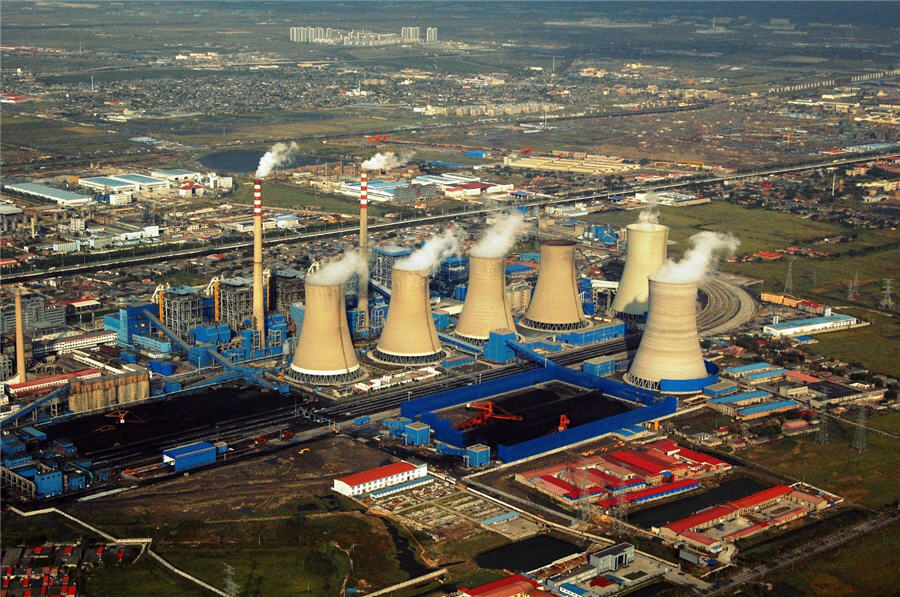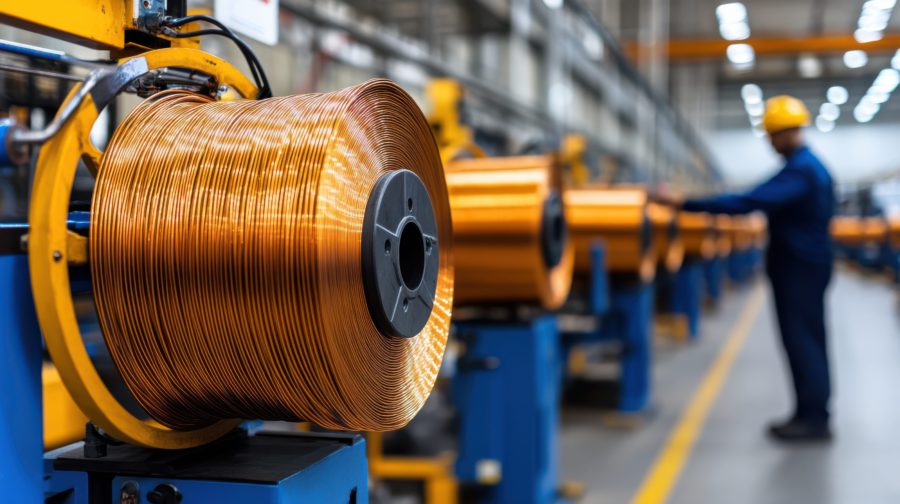Talga Group wants more aid for EV battery materials

An Australian miner wants to help Europe challenge China’s dominance of the $143 billion market for electric-vehicle batteries.
Talga Group Ltd. aims to play a key role in setting up a European supply chain for EV batteries and reduce local manufacturers’ dependence on China. The company last month started construction of the region’s first anode plant in Sweden, which it plans to complement with a nearby graphite mine.
Europe has offered ample funding for battery factories, but there’s not enough incentives for companies supplying parts and raw materials locally, Talga chief executive officer Mark Thompson said in an interview. While Europe may struggle to compete with Chinese producers on costs, automakers will increasingly have to factor in the carbon footprint of batteries. Talga claims its products will be much cleaner because they’re made using local renewable energy.
Boosting domestic materials used in the clean-energy transition is a key aim of the European Union’s incoming Critical Raw Materials Act. China was responsible for about 79% of the world’s graphite mining and 71% of its processing last year, according to data from the International Energy Agency. Sourcing materials locally would ease reliance on the Asian country at a time when supply chain snags and geopolitical tensions are fueling a push toward greater self-sufficiency.
Talga’s planned graphite mine will be located near the village of Vittangi in the Arctic. The manufacturer was granted a mining permit from Swedish environmental authorities in April. The decision was appealed and a final nod may not be given until the end of the year.
Here are highlights from the interview with Thompson, which have been edited for length and clarity:
Do you think there’s a chance for Europe to establish a self-sufficient battery supply chain?
There really is, but we’re not seeing the speed and support necessary. The problem is there’s funding for the battery factories, but not for what makes the batteries in the factory. So they’ve gone downstream and funded that, with nothing to feed those plants except imported materials from China.
With the EU now investigating the subsidies China has doled out to its EV industry, how does that affect you and the supply chain broadly?
I wouldn’t say no to some protection for us. If Europe really wanted to clean up batteries and the supply chain, they would actually focus on the graphite and the minerals in the battery. It’s more expensive to operate here. The standards are higher, labor costs are higher, environmental standards are higher. So could we get some help on balancing that? Well yes, that would be nice.
Our project can compete on a global basis. However, in the last few years, China has been heavily subsidizing the production of synthetic graphite. They’ve been subsidizing the buildings and the products themselves, and that has distorted the market a lot. They have crashed the price of raw materials down to the point where no new projects are getting built in the Western world.
Why is sourcing graphite in Europe important?
The problem with batteries is that half of it is graphite, which to nearly 100% comes from China. Even if it doesn’t originate there, it’s processed through there. So your phones, laptops, cars, every single lithium-ion battery right now — the graphite has come through Asia. So that’s the existing supply chain, and it’s dirty.
To me it made sense that someplace else in the world had to be developed to replace that graphite. And that’s why I came to Sweden — to be a non-Chinese supplier of graphite for batteries.
But the current battery makers are all using synthetic graphite?
If you want synthetic graphite in your battery, it’s better if it’s made within Europe from European supplies using the cleanest power source possible. I don’t have a problem with synthetic graphite being made in Europe. However, people forget synthetic graphite is made from fossil fuel. How does that make sense that you want to have a green transition where half of your battery is made from a petroleum or coal product?
Why is it easier for companies further downstream to get funding?
There’s very little funding for anything involving a mining project. A mining project still is very sensitive in Europe, so there’s been a tendency to just avoid it. Money has been going into innovative experiments — for example pilot plants for downstream processing experiments. But mostly it’s gone to battery and car manufacturers, which are importing 100% of their materials from Asia.
What do you expect demand will be like for your anodes?
We have expressions of interest from all of our customers, representing approximately over 10 times what our planned production is. We plan to start shipments in the next couple of years.
(By Lars Paulsson and Rafaela Lindeberg)
More News
China suspends rare earth, magnet exports – report
April 14, 2025 | 11:11 am
China to keep building coal plants through 2027, state planner says
April 14, 2025 | 11:07 am
{{ commodity.name }}
{{ post.title }}
{{ post.date }}




Comments